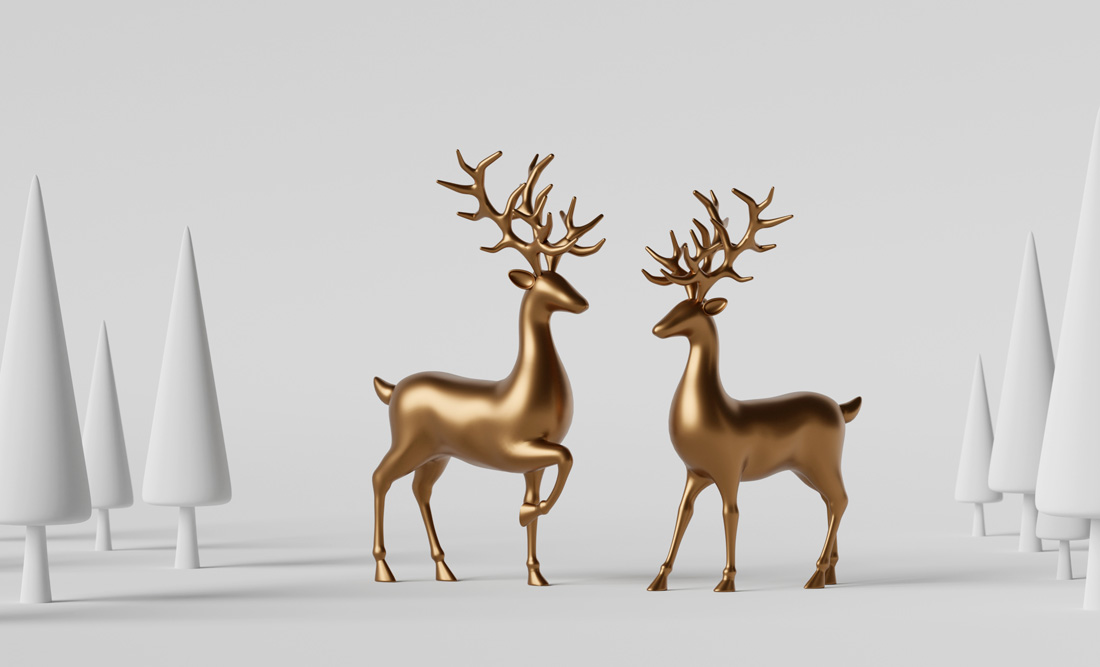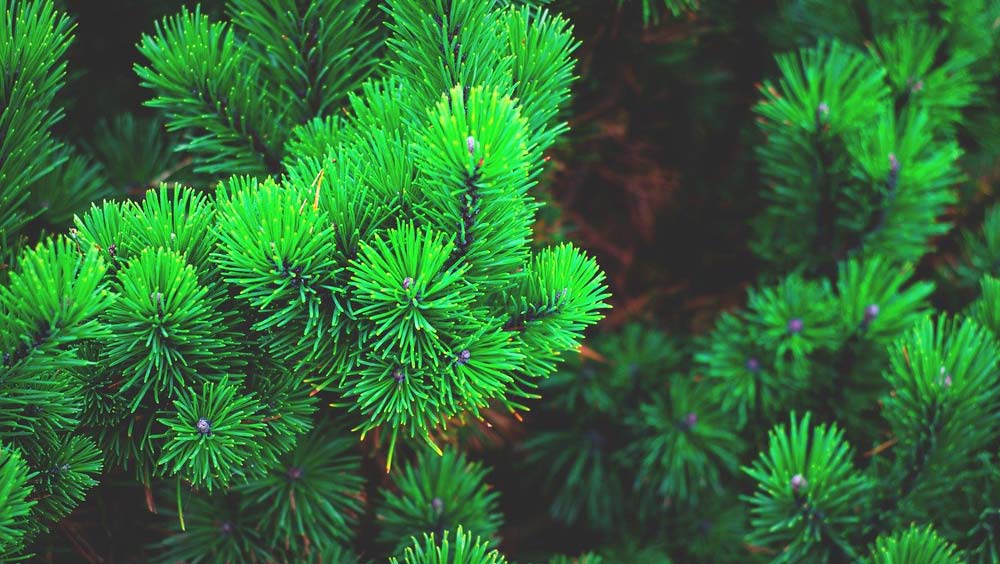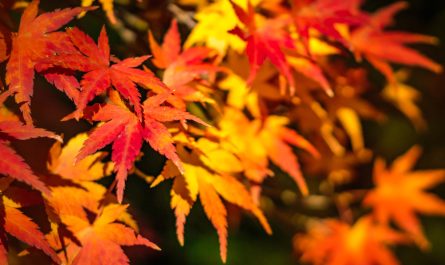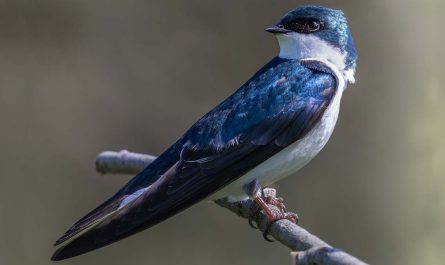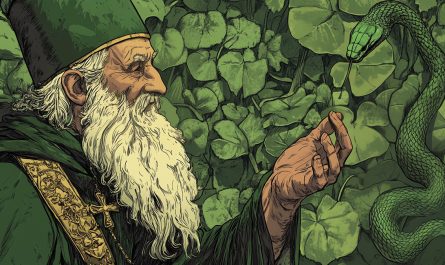Last Updated on December 10, 2024 by Avia
As the winter holidays approach, so come the familiar symbols that remind us of the festive season. From Christmas trees to Santa Claus and reindeer, these symbols have been around for centuries and are deeply embedded in our collective cultures. But where did they come from? How did these symbols become associated with this time of the year? In this article, we will explore the origins of some popular holiday symbols and why they continue to be part of our celebrations and festivities today. Whether you’re a believer or a skeptic, there’s something for everyone as we delve into some of the oldest and most beloved holiday traditions!
Table of Contents
Why Holiday Symbols Exist
Holiday symbols are a part of our cultural heritage and help to create a sense of community and belonging. They also serve as reminders of important events or people in our history. For many people, holiday symbols are a way to connect with their past and to create new traditions for their families.
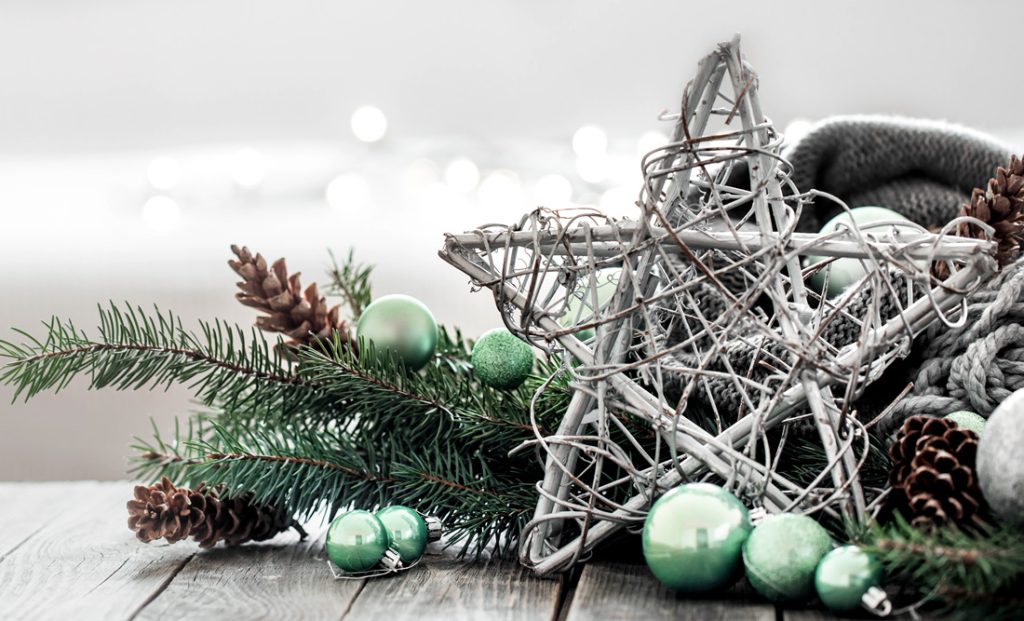
Pagan Holiday Symbols
Around the world, there are countless holidays that have been adopted and adapted by different cultures. But few of these holidays have as rich of a history as those celebrated by pagans around the world. Pagan holiday symbols are deeply embedded in their ancient beliefs, and remain an important part of holiday traditions today.
What is a Pagan?
Pagans are people who follow a polytheistic, earth-based religion. The word “pagan” comes from the Latin word for “country dweller” or “rural villager.” Paganism is one of the oldest forms of religion in the world, and it has undergone many changes over the centuries. Today, there are many different types of Paganism, including Wicca, Druidry, and Heathenry.
Pagans believe in a variety of gods and goddesses. Some of the most popular deities include the Celtic god Cernunnos, the Norse goddess Freyja, and the Roman goddess Diana. Pagans also revere nature spirits such as fairies and elves.
Pagan Holidays and Symbols
Pagans holidays are rich in symbols and traditions that have been passed down for centuries. Many of these symbols have their roots in nature, and the natural world has always been a source of inspiration for Pagans.
Furthermore, Pagan holidays often involve celebrating the changing seasons and honoring the cycle of life. Many Pagans celebrate eight major holidays, known as the Wheel of the Year. These holidays include Samhain (pronounced “sow-en”), which is considered to be New Year’s Day in the Pagan calendar; Imbolc (pronounced “im-bulk”), which marks the beginning of spring; Beltane (pronounced “bel-tene”), which is a festival of fertility; Litha (pronounced “lee-tha”), which is midsummer’s day; Lammas (pronounced “lam-muss”), which celebrates the harvest; and Yule (pronounced “yool”), which is Christmas in the Pagan calendar.
Today, many popular holiday symbols can be traced back to their Pagan origins. For example, the Christmas tree is a direct descendant of the pagan Yule log. Yule was a winter festival celebrated by the Germanic people. The Yule log was a large piece of wood that was burned in the fireplace during the festival.
Similarly, the custom of decorating homes with evergreen boughs also has its roots in paganism. Evergreen trees and plants were considered to be magical by many ancient cultures. They were believed to have the power to ward off evil spirits and bring good luck.
So next time you’re decorating your home for Christmas or putting up a Christmas tree, remember that you’re participating in an ancient pagan tradition!
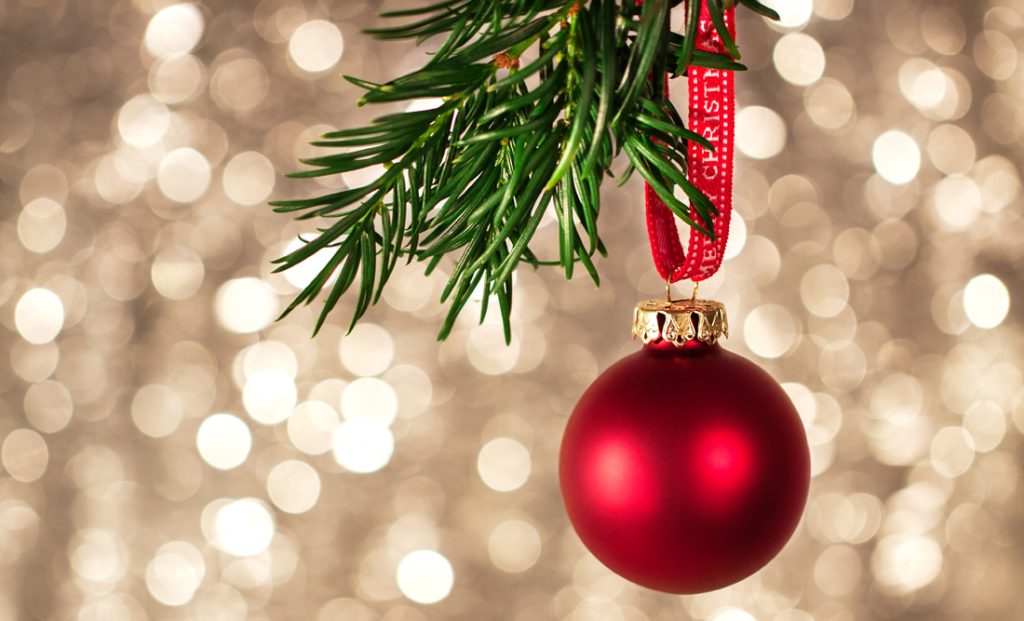
Traditional Christian Holiday Symbols
The tradition of Christmas and holiday symbols dates back to the early days of Christianity, when Christians represented their faith and beliefs using certain symbols. The most common symbol was the cross, which represented the crucifixion of Jesus Christ. Other popular symbols included the fish, which represented Jesus’ miracle of feeding the five thousand, and the dove, which represented the Holy Spirit.
As Christianity spread throughout the world, different cultures began to adopt their own unique holiday symbols. In Europe, for example, the Christmas tree became a popular symbol of Christmas.
Holiday symbols play an important role in our lives today. They help us to remember and celebrate important religious and cultural traditions.
For Christians, Christmas is a holiday that commemorates the birth of Jesus Christ. Christians believe that Jesus is the son of God, and that his birth was prophesied in the Old Testament. Christmas is also a cultural holiday, celebrated by people of many faiths.
There are a number of symbols associated with Christmas, both religious and secular. The most common religious symbol is the Nativity scene, which depicts the infant Jesus, Mary, and Joseph in a stable in Bethlehem. Other religious symbols include angels, stars, shepherds, and wise men.
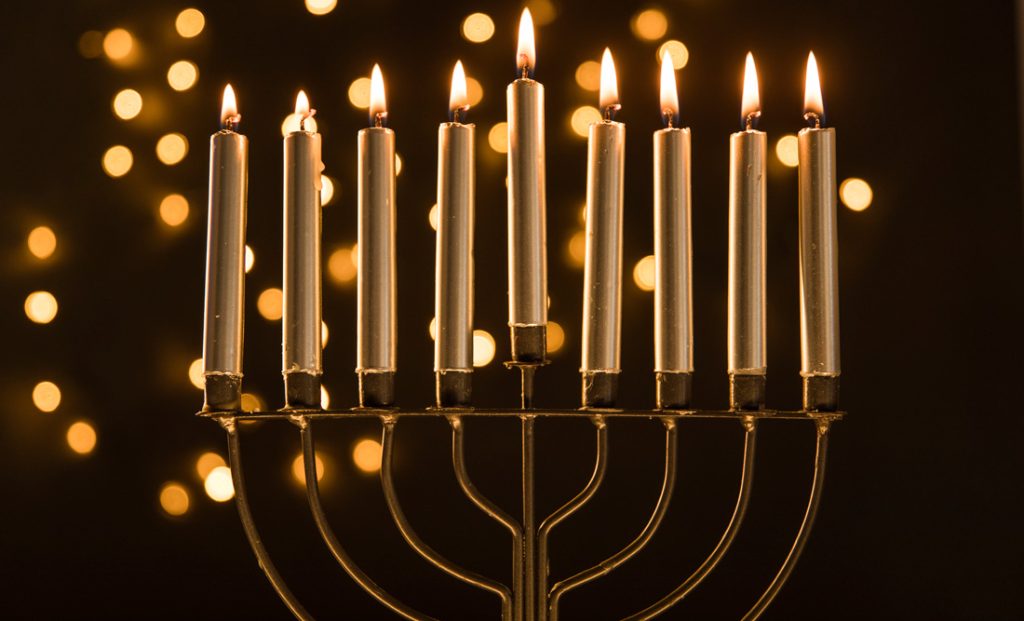
Symbols for Hanukkah
Hanukkah is a holiday that celebrates the rededication of the Holy Temple in Jerusalem. The holiday is also known as the Festival of Lights and lasts for eight days. During Hanukkah, Jews light a nine-branched menorah, also called a Chanukiah, to remember the miracle of the oil that lasted eight days. A dreidel is another symbol of Hanukkah. It is a four-sided spinning top with Hebrew letters on each side. The letters stand for “A great miracle happened here.”
Kwanzaa Symbols
Kwanzaa is a holiday celebrated by many African Americans. The name Kwanzaa comes from the Swahili phrase “matunda ya kwanza” which means “first fruits”. Kwanzaa is celebrated from December 26th to January 1st and is a time to reflect on African heritage and culture.
There are seven symbols of Kwanzaa which represent different principles. These symbols are:
-Mazao: Fruits and vegetables that represent the harvest and abundance of Africa
-Mkeka: A mat that represents tradition and history
-Kinara: A seven-branched candle holder that represents the seven principles of Kwanzaa
-Kikombe cha umoja: A unity cup that represents togetherness and family
-Muhindi: Corn cob placed in the unity cup that represent children, the future, and fertility
-Zawadi: Gifts given to children that represent the importance of education
-Libation: Pouring of a beverage as an offering to ancestors that represent reverence for elders
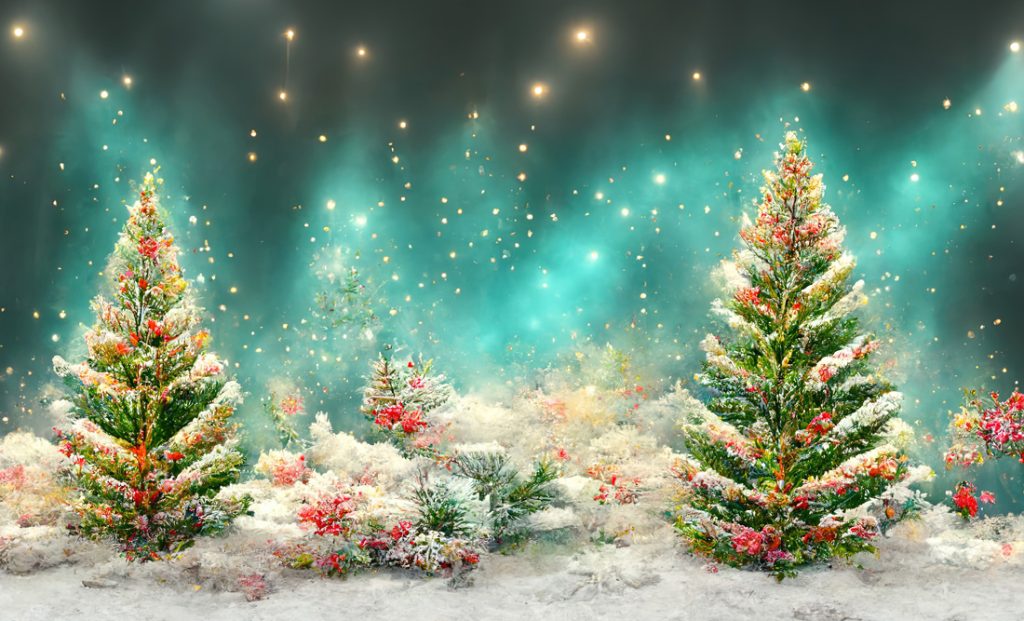
Frequently Asked Questions About Holiday Symbols
Many holiday symbols can be used in ceremonies to represent different aspects of the holiday. For example, a Christmas tree can be used to represent the growth of the holiday season, while a menorah can be used to represent the light of Hanukkah. Other symbols, such as stars, holly, or candles can also be used in ceremonies to represent the joy and happiness of the holidays. Or, you can use representations during holiday meditations.
The most popular holiday symbols are Santa Claus, Rudolph the Red-Nosed Reindeer, Frosty the Snowman, and the Christmas Tree.
These symbols represent different aspects of the holiday season. Santa Claus is a symbol of giving and goodwill, Rudolph represents determination and hope, Frosty is a symbol of fun and happiness, and the Christmas Tree is a symbol of life and growth.
The origins of these symbols vary. Santa Claus is a legendary figure who has been associated with Christmas for centuries. Rudolph was created in 1939 by Robert L. May as a character in a department store promotional campaign. Frosty was created in 1950 by Walter Lantz Productions as a cartoon character. The Christmas Tree has been used as a symbol of Christmas since the 16th century.
The Christmas tree, mistletoe, holly, and lights are among the most recognizable holiday symbols. Each one has its own unique history and meaning. Mistletoe is a symbol of love and peace. Holly is a symbol of goodwill. Lights are a symbol of hope.
Conclusion About Holiday Symbols
In closing, we hope you enjoyed these insights into holiday symbols. If you liked this background on holiday symbols, don’t miss this more in-depth article about the Evolution of Christmas Symbols and Meanings here.
